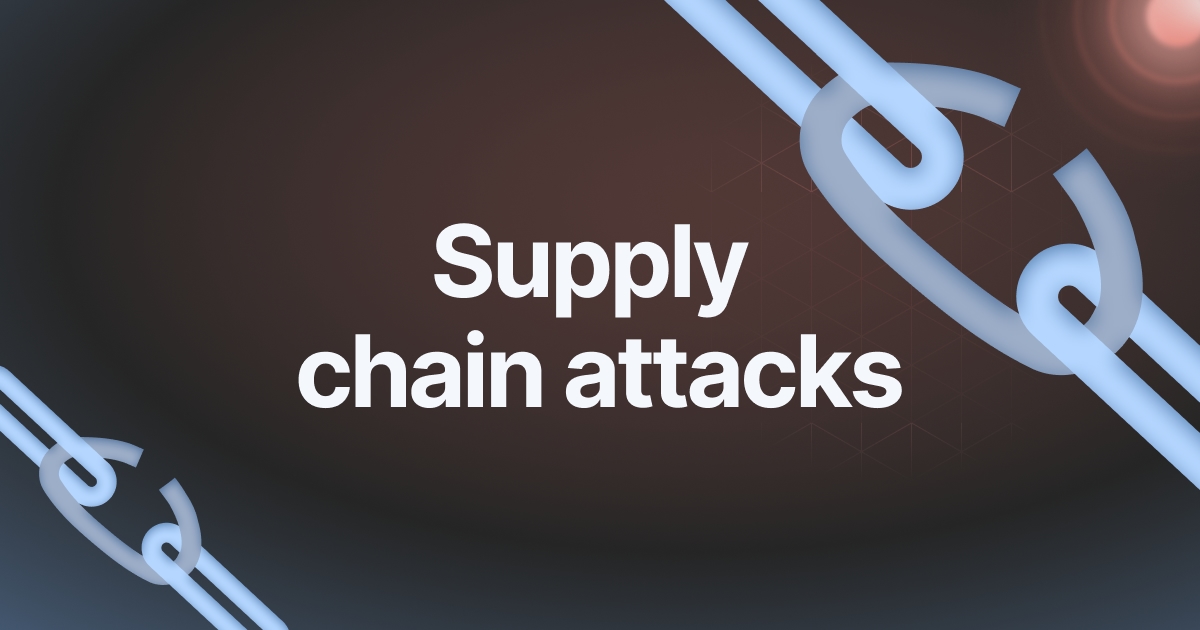In today’s digitally connected world, the idea of a secure “perimeter” around your organization’s information is rapidly becoming obsolete. A new breed of cyberattack, the Supply Chain Attack, has emerged, exploiting the complex web of software and services that businesses rely on. This article delved into worldwide supply chain attacks. It explains the ever-changing security landscape, the possible weaknesses in your business, and the critical steps you should take to increase your security.

The Domino Effect: A Tiny error can ruin your Business
Imagine this scenario: your company does not employ a specific open-source software library that has been identified as having a security vulnerability. The data analytics service on which you heavily rely does. This small flaw could be your Achilles’ Heel. Hackers use this vulnerability, present in open-source software to gain access into the system of the provider. They now have a backdoor into your organization, thanks to an unnoticed connection to a third entity.
This domino effect is a perfect illustration of the sly nature of supply chain threats. They infiltrate seemingly secure systems by exploiting weaknesses in partner programs, open source libraries or cloud-based applications.
Why Are We Vulnerable? What is the SaaS Chain Gang?
The very factors that have fuelled the current digital economy – the growing acceptance of SaaS solutions as well as the interconnectedness between software ecosystems have also created the perfect conditions for supply chain attack. The ecosystems that are created are so complicated that it’s impossible to monitor all the code which an organization could interact with even in an indirect way.
The security measures of the past are insufficient.
Traditional cybersecurity measures focused on building up your own security are no longer sufficient. Hackers can identify the weakest link and bypass firewalls and perimeter security to gain access into your network via reliable third-party suppliers.
Open-Source Surprise There is a difference! software that is free was made equally
Another security risk is the massive popularity of open-source software. Although open-source software libraries are an incredible resource, they can also pose security risks because of their popularity and dependance on developers who are not voluntarily involved. A single, unpatched vulnerability in a library with a large user base can expose countless organizations who are unaware of the vulnerability and have incorporated it into their systems.
The Invisible Athlete: What to Look for in an Attack on the Supply Chain
It can be difficult to recognize supply chain attacks because of the nature of their attack. However, some warning signs can raise red flags. Strange login attempts, unusual behavior with data or sudden updates from third party vendors can indicate that your ecosystem is at risk. A major security breach at a library or a service provider that is used widely should prompt you to take action immediately.
The construction of an Fishbowl Fortress Strategies to Reduce Supply Chain Risk
What are you doing to boost your defenses? Here are a few crucial actions to take into consideration:
Checking Your Vendors Out: Create a rigorous vendor selection process which includes evaluating their cybersecurity practices.
Mapping your Ecosystem: Create an exhaustive map of all applications and services you and your company rely on. This includes both direct and indirect dependencies.
Continuous Monitoring: Monitor every system for suspicious activity and monitor updates on security from third-party vendors.
Open Source with Attention: Be mindful when adding libraries that are open source and prioritize those that have good reviews and active communities.
Transparency creates trust. Inspire your suppliers to implement robust security practices.
Cybersecurity in the Future: Beyond Perimeter Defense
As supply chain threats increase and businesses are forced to rethink the way they approach security. It’s no longer enough to just focus on securing your own perimeter. Businesses must implement a more comprehensive strategy, focussing on cooperation with suppliers and partners, transparency in the software ecosystem and proactive risk mitigation throughout their digital supply chain. Be aware of the risks associated with supply chain attacks and enhancing your security will help you to ensure your business’s security in a more interconnected and complex digital environment.